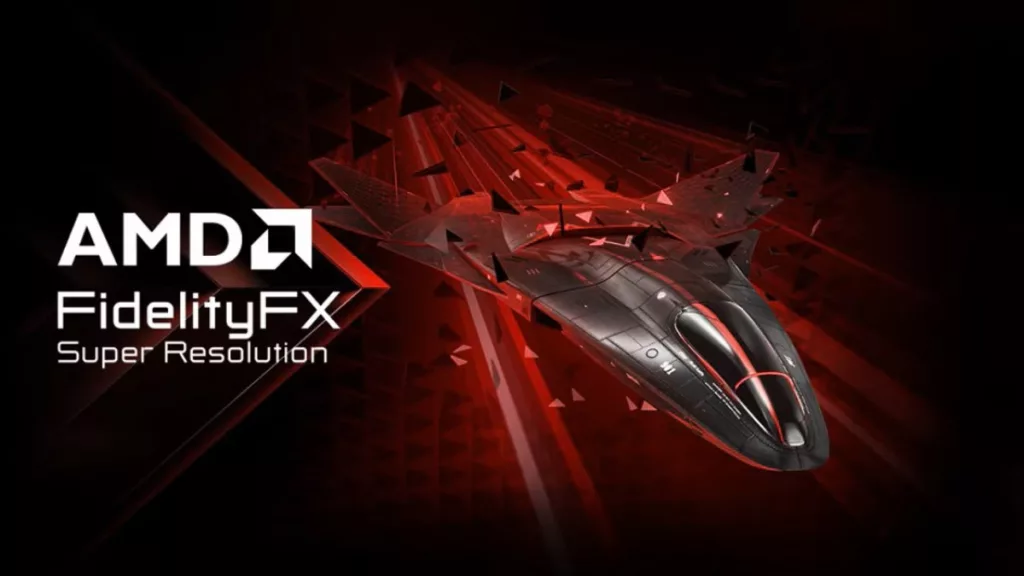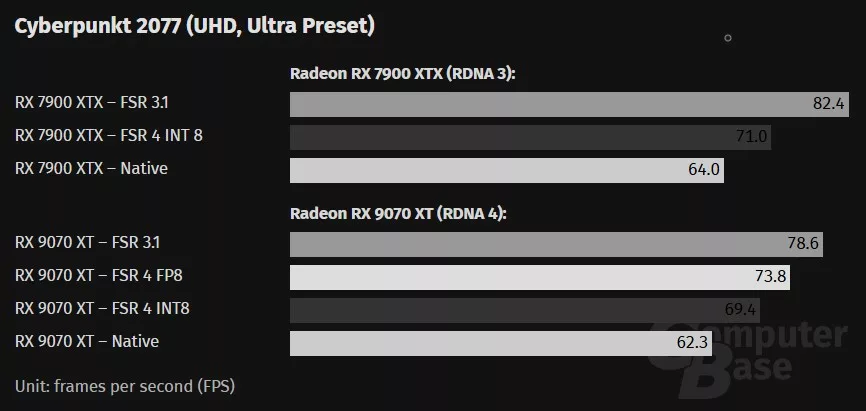
Recent testing has shown that it is possible to run AMD’s latest upscaling technology on older RDNA2 graphics cards, but there’s a catch. Last month, AMD accidentally leaked the entire source code (via VideoCardz) on GitHub, allowing some individuals to obtain it and begin their own experiments with it. A few weeks later, the FSR 4 INT8 files were leaked (via Wccftech), allowing users with Radeon RX 7000 graphics cards to enable FSR 4 in Windows. The fun didn’t stop there as users with RDNA2-based GPUs or NVIDIA RTX 30 series graphics cards could also now use FSR4.
The idea of running newer upscaling technology on older graphics cards is something every enthusiast is likely to desire to do in order to harvest every last amount of performance left on the table for a previous generation. However, regardless of whether the solution may’ve been based on open-source designs, such as AMD FSR 1-3, or is proprietary, such as NVIDIA DLSS, there can be drawbacks if the latest version depends on hardware not found in the older GPUs. Such is the case with FSR4, which depends on AI accelerators included on the Radeon RX 9000 series, similar to how various forms of NVIDIA’s DLSS may depend on different generations of Tensor cores found in its RTX GPUs. All that said, the following shouldn’t come as a big surprise.
While not necessarily a deal breaker for most, folks managed to use the modded INT8 files, along with an older driver, to enable FSR 4 and tested it on Stellar Blade. It has been reported (via Reddit) that while there was a notable improvement in visuals, FPS dropped from over 110 FPS with FSR 3 to ~100-107 FPS with FSR 4, both using quality mode. This was roughly a 10-20% but at such an already higher framerate, it was barely noticeable. However, if playing a game that might already be struggling to maintain 60 FPS, this could be problematic.
Meanwhile ComputerBase conducted its own testing and found a similar performance hit on RX 7000 series cards, which it compared to the current RX 9000 series. Using a two-year-old driver, specifically 23.9.1, the older series was able to use FSR 4 in Windows, where similar performance hits, although still better than native, were observed with Cyberpunk 2077 at 4K using its Ultra preset settings.

